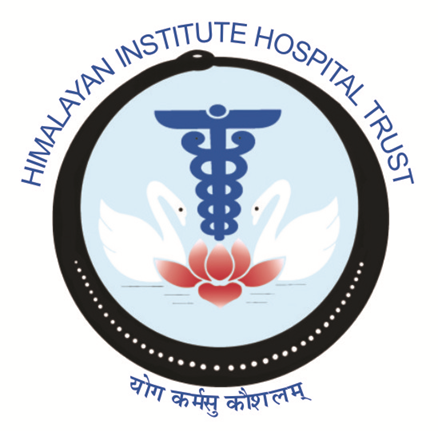Strengthening Program Implementation to Achieve Single-digit Neonatal Mortality in Haridwar District, Uttarakhand by 2026
Sankalp is a multidistrict project focused on strengthening program implementation to reduce neonatal mortality to single-digit in 10 selected sites across the country. These sites are Varanasi and Unnao in Uttar Pradesh, Haridwar in Uttarakhand, Ambala in Haryana, Khargaon in Madhya Pradesh, Purnea in Bihar, Koppal in Karnataka, Adilabad in Telangana, Dungarpur in Rajasthan, and Murshidabad in West Bengal. The project is being implemented in collaboration with the Indian Council of Medical Research, the district and state health systems, and the Rural Development Institute of Swami Rama Himalayan University.

Uttarakhand has a neonatal mortality rate (NMR) of 36.2 per 1000 live births, ranking 11th among the 23 states in India according to NFHS-5. NMR accounts for 71% of the state’s infant mortality rate (IMR) of 39.1 per 1000 live births. The state’s overall performance in areas such as IMR and NMR has been poor. This can be attributed to only 69% of births occurring in a health facility, with the remaining 31% relying on private practitioners and home births. Despite efforts by the government of Uttarakhand to improve healthcare, there are challenges in meeting the Sustainable Development Goals (SDG) targets.
Haridwar in Uttarakhand is recognized as an aspirational district and has been selected for intervention due to its poor maternal and neonatal health indicators as per NFHS-5. The district has low rates of institutional delivery (79%), colostrum feeding (30.6%), exclusive breastfeeding (42.4%), and post-natal services (74%), with only 1.8% of newborns receiving health facility visits. According to HMIS-GOI 2022-23, Haridwar district accounted for the highest number of deaths in the state (21%), with 28% of newborn deaths occurring within 24 hours and the remaining 72% occurring between the 2nd and 28th day. Additionally, NFHS-5 data indicates that the Haridwar district lags behind the state average. The district faces challenges related to high newborn mortality due to weak healthcare systems, inadequate infrastructure, limited resources, and a shortage of skilled health workers. These issues, along with financial barriers and unequal access to quality care, contribute to significant disparities in mortality rates and service coverage within the district.
To cater to a birth rate of 16.6 live births per 1000 population (estimated 35000 births annually), Haridwar has only 18 functional delivery facilities, 5 newborn stabilization units and one Sick newborn care unit which is inadequate for a district teeming with people from all over the world. Health service utilization in the district suffers the same fate. Only 57.4% of expectant mothers availed an ANC visit in the first trimester and the number falls further to 48.5% for all four Antenatal visits to a healthcare facility. Despite the wide outreach of iron supplementation programs in India, only 38.2% and 21.8% of pregnant women consume folic acid and iron as per guidelines. Only 74.2% and 76.6% of new mothers and neonates received postnatal care from healthcare providers within 2 days of delivery. With nearly 20% neonates being birthed at home, only 1.8% were taken to a healthcare facility for a checkup.
The Sanklap project will focus on specific interventions for preconception and pregnancy, care during delivery and childbirth, immediate care, healthy newborn care, and care for small and sick newborns. These interventions will be based on baseline findings, continuous feedback from implementation research teams, and interrupted time series measurements from monitoring and evaluation teams. The goal is to improve the existing health system through interrupted time series measurements of interventions, as well as the execution of evidence-based capacity-building programs, uninterrupted supply, effective and friendly administration, and proactive management strategies.
The project will be implemented by the District Health System along with existing private hospitals and providers. The Rural Development Institute, Swami Rama Himalayan University, will facilitate, mentor, and conduct time series measurements of interventions, while ICMR will ensure overall technical and financial support.
